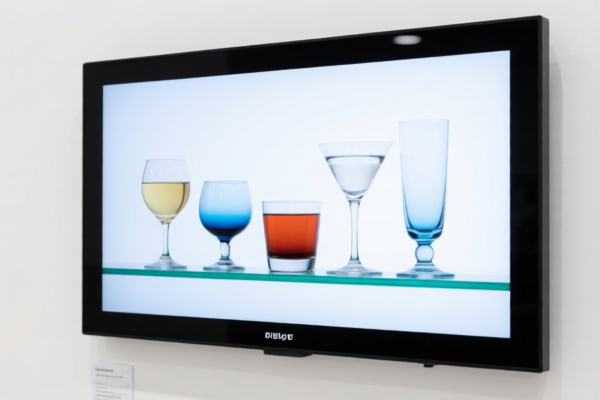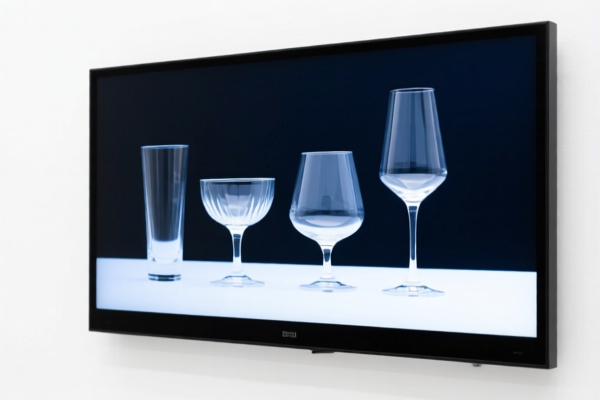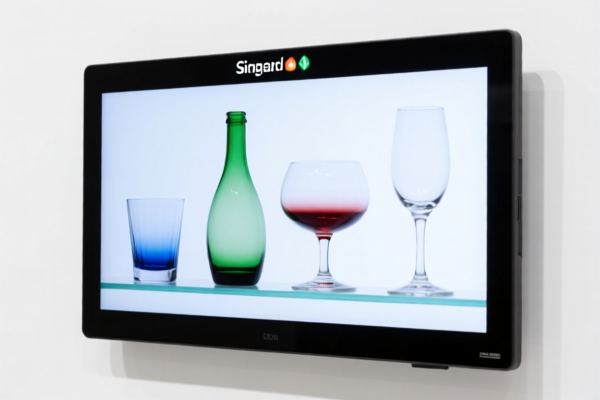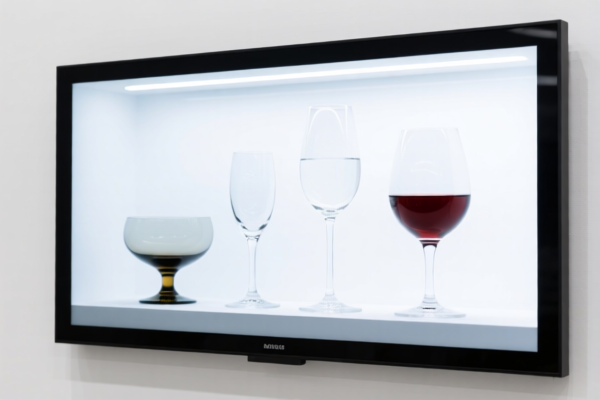| HS Code | Official Doc | Tariff Rate | Origin | Destination | Effective Date |
|---|---|---|---|---|---|
| 8524111000 | Doc | 45.0% | CN | US | 2025-05-12 |
| 8524119000 | Doc | 32.0% | CN | US | 2025-05-12 |
| 8542900000 | Doc | 70.0% | CN | US | 2025-05-12 |
| 8542390060 | Doc | 70.0% | CN | US | 2025-05-12 |
| 3920995000 | Doc | 60.8% | CN | US | 2025-05-12 |
| 3920991000 | Doc | 61.0% | CN | US | 2025-05-12 |




Touchscreen
A touchscreen is a display that allows users to interact with a device by touching the screen with their fingers or a stylus. It serves as both an output display and an input device, replacing traditional input methods like mice, keyboards, or trackpads.
Materials
Touchscreens utilize various technologies built upon different materials:
- Glass: Most commonly used as the protective surface layer, offering durability and clarity. Specialized strengthened glass (e.g., Gorilla Glass) is prevalent.
- Plastic: Used in some applications, particularly for lower-cost devices or flexible displays. PET (Polyethylene Terephthalate) is a common plastic material.
- Indium Tin Oxide (ITO): A transparent conductive coating applied to glass or plastic, crucial for detecting touch.
- Sensors: Vary depending on the technology (see below). These can include electrodes, optical sensors, or acoustic sensors.
- Polarizers & Filters: Used in some technologies to enhance image quality and touch sensitivity.
Purpose
The primary purpose of a touchscreen is to facilitate direct interaction with a digital interface. This enables:
- Intuitive Control: Simplifies device operation by eliminating the need for separate input devices.
- Space Saving: Integrates input and output into a single component.
- Accessibility: Can be adapted for users with limited dexterity.
- Enhanced User Experience: Provides a more engaging and dynamic interface.
Function
Touchscreens function by detecting the location of touch input and translating it into a corresponding action. This process involves:
- Touch Detection: Sensors register the presence and location of a touch.
- Signal Processing: The touch data is processed by a controller.
- Interpretation: The controller determines the intended action based on the touch location, duration, and pressure (if applicable).
- Execution: The device performs the corresponding action, such as selecting an icon, scrolling through a list, or typing a character.
Usage Scenarios
Touchscreens are ubiquitous in modern technology, found in:
- Smartphones & Tablets: The most common application.
- Laptops & All-in-One Computers: Increasingly integrated as primary input devices or as secondary displays.
- Point-of-Sale (POS) Systems: Used for transactions and inventory management.
- Automotive Displays: Used for navigation, entertainment, and vehicle control.
- Medical Equipment: Used for monitoring patients and controlling devices.
- Public Kiosks: Used for information access and self-service applications.
- Industrial Control Panels: Used for operating machinery and monitoring processes.
Common Types
Several touchscreen technologies are available, each with its own advantages and disadvantages:
- Resistive Touchscreens: Composed of two layers separated by a gap. Pressure on the screen brings the layers into contact, registering the touch. Advantages: Low cost, durability, can be used with any input device. Disadvantages: Lower image clarity, less sensitive, susceptible to damage.
- Capacitive Touchscreens: Utilize a transparent electrode layer to detect changes in electrical capacitance caused by touch. Advantages: High image clarity, multi-touch support, fast response time. Disadvantages: Requires conductive input (fingers), can be affected by interference. There are several sub-types:
- Surface Capacitive: Older technology, less common.
- Projected Capacitive (PCAP): Most prevalent type, offering high accuracy and multi-touch capabilities.
- Infrared Touchscreens: Use infrared beams across the screen to detect touch. Advantages: High image clarity, can be used with any input device. Disadvantages: Susceptible to interference, less accurate.
- Surface Acoustic Wave (SAW): Uses ultrasonic waves to detect touch. Advantages: High image clarity, high accuracy. Disadvantages: Susceptible to contamination, less common.
- Optical Touchscreens: Use cameras to track touch points. Advantages: Large screen sizes, multi-touch support. Disadvantages: Can be affected by ambient light.
Based on the provided information, “touchscreen” can be classified under the following HS codes:
-
8524111000: This HS code covers Flat panel display modules, whether or not incorporating touch-sensitive screens: Without drivers or controls circuits Of liquid crystals. This means it specifically applies to flat panel display modules made of liquid crystals that do not include driver or control circuits. The basic tariff is 0.0%, with an additional tariff of 25.0% and a 20.0% additional tariff after April 2, 2025, resulting in a total tariff of 45.0%.
-
8524119000: This HS code also covers Flat panel display modules, whether or not incorporating touch-sensitive screens: Without drivers or controls circuits Of liquid crystals. However, this code is for “Other” flat panel display modules not specifically covered by 8524111000. The basic tariff is 4.5%, with an additional tariff of 7.5% and a 20.0% additional tariff after April 2, 2025, resulting in a total tariff of 32.0%.
It is important to determine whether the touchscreen includes drivers or control circuits to correctly classify it between 8524111000 and 8524119000.
Customer Reviews
No reviews yet.